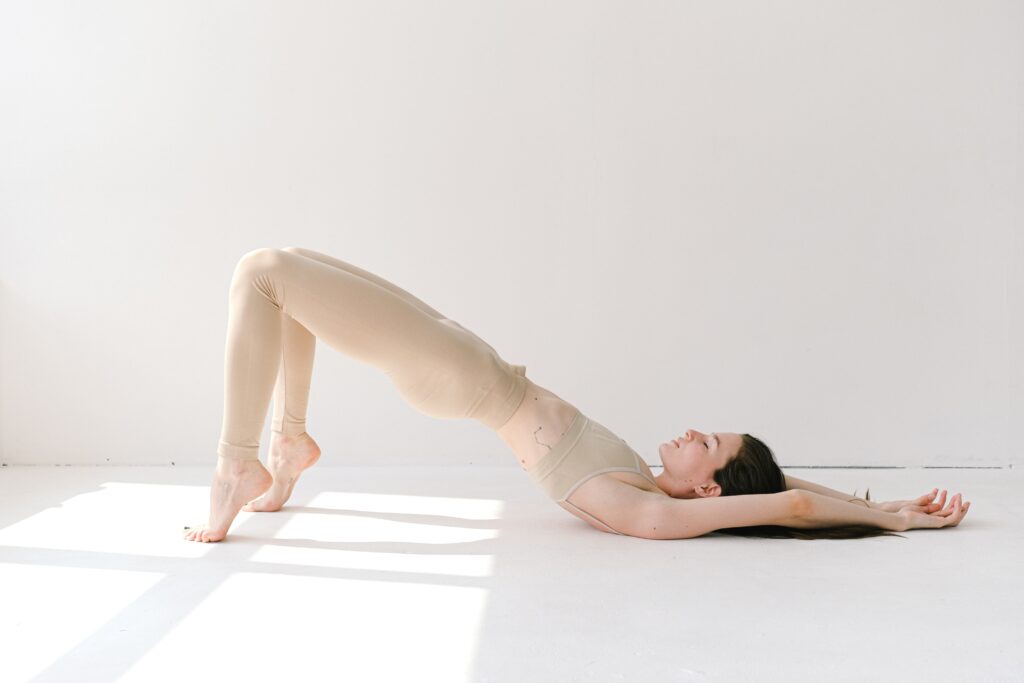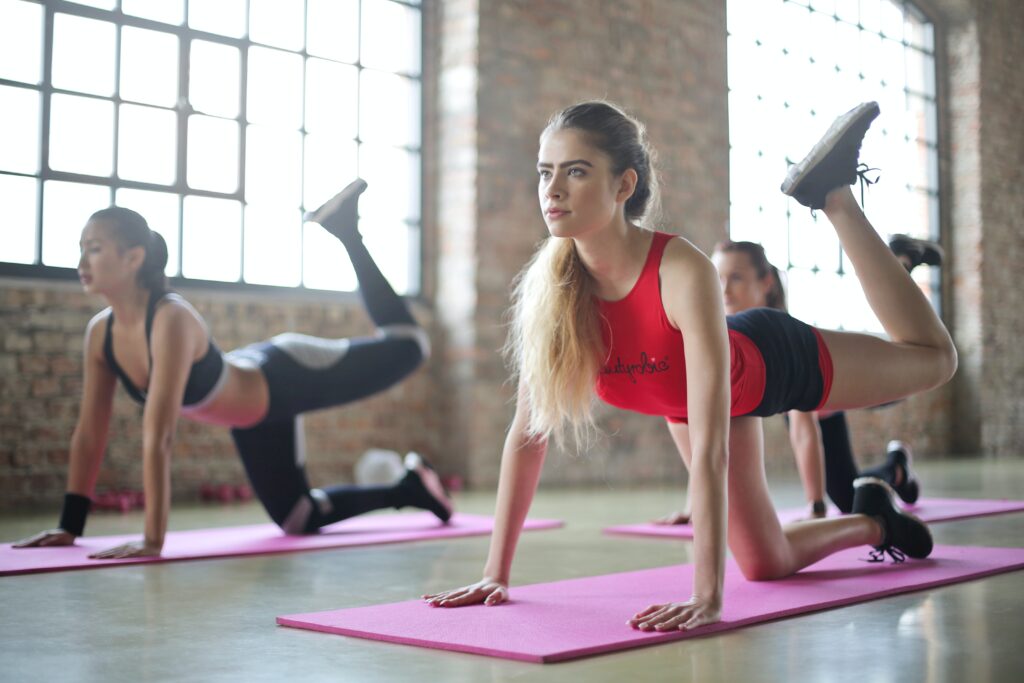In the quest for fitness, flexibility training often takes a back seat to cardio and strength training. However, incorporating flexibility exercises into your routine is essential for overall fitness and well-being. This article will explore the benefits of flexibility training, the best exercises to improve flexibility, and how it can enhance performance and prevent injuries.
What is Flexibility Training?
Flexibility training involves exercises that improve the range of motion of your muscles and joints. This type of training includes activities like stretching, yoga, and Pilates, which help lengthen muscles and improve joint mobility.
The Benefits of Flexibility Training

1. Enhanced Performance
Flexibility training can significantly improve your performance in various physical activities. When your muscles and joints have a greater range of motion, you can move more efficiently and with better coordination. This is beneficial not only for athletes but also for anyone engaged in regular physical activity.
2 Injury Prevention
One of the most critical benefits of flexibility training is injury prevention. Tight muscles and limited joint mobility can lead to strains, sprains, and other injuries. By improving flexibility, you reduce the risk of injury during both everyday activities and intense workouts.
3 Reduced Muscle Soreness
Incorporating flexibility exercises into your routine can help reduce muscle soreness after workouts. Stretching helps to alleviate tension in the muscles, promotes blood flow, and aids in the recovery process.
4 Improved Posture and Balance
Flexibility training helps correct muscle imbalances and improves posture. Poor posture often results from tight, shortened muscles, particularly in the chest, hips, and lower back. Stretching these muscles can alleviate tension and promote better alignment. Additionally, flexibility exercises enhance balance and stability, which are crucial for preventing falls, especially as we age.
5 Stress Relief
Flexibility training, particularly yoga and other mindful practices, can be a powerful tool for stress relief. Stretching exercises help to release tension stored in the muscles, promoting relaxation and reducing stress levels.
Key Flexibility Exercises

Static Stretching
Static stretching involves holding a stretch for a prolonged period, usually between 15 to 60 seconds. This type of stretching is effective for improving flexibility and is best performed after a workout when the muscles are warm. Key static stretches include:
-
- Hamstring Stretch
- Quadriceps Stretch
- Shoulder Stretch
- Triceps Stretch
Dynamic Stretching
Dynamic stretching involves moving parts of your body through a full range of motion. This type of stretching is ideal for warming up before physical activity as it increases blood flow and muscle temperature. Examples of dynamic stretches include:
-
- Leg Swings
- Arm Circles
- Walking Lunges
- High Knees
Yoga
Yoga combines stretching, strength, and mindfulness. It is excellent for improving flexibility and promoting overall physical and mental well-being. Popular yoga poses for flexibility include:
-
- Downward Dog
- Warrior II
- Cat-Cow Stretch
- Child’s Pose
PNF Stretching
Proprioceptive Neuromuscular Facilitation (PNF) stretching involves both stretching and contracting the muscle group being targeted. This method can be more effective than static stretching alone for improving flexibility. A typical PNF stretch involves:
-
- Stretching the muscle to its limit.
- Contracting the muscle for 5-10 seconds.
- Relaxing and stretching the muscle further.
Tips for Effective Flexibility Training

Warm Up First
Always warm up your muscles before engaging in flexibility exercises. A light cardio activity, such as jogging or brisk walking, for 5-10 minutes can help prepare your muscles for stretching.
Consistency is Key
Flexibility training should be performed regularly for the best results. Aim to include stretching exercises in your routine at least three times a week.
Listen to Your Body
Stretch to the point of mild discomfort, but never to the point of pain. It’s essential to listen to your body and avoid pushing yourself too hard, which can lead to injury.
Incorporate a Variety of Stretches
Use a mix of static, dynamic, and PNF stretches to target different muscle groups and improve overall flexibility.
Stay Hydrated
Proper hydration is essential for maintaining muscle elasticity and flexibility. Make sure to drink plenty of water throughout the day.
Conclusion
Flexibility training is a vital component of a well-rounded fitness routine. By improving your range of motion, you can enhance performance, prevent injuries, reduce muscle soreness, and promote overall well-being. Whether you incorporate static stretching, dynamic stretching, yoga, or PNF stretching into your routine, the key is to stay consistent and listen to your body. Start prioritizing flexibility training today and reap the numerous benefits it offers for your fitness and health.



